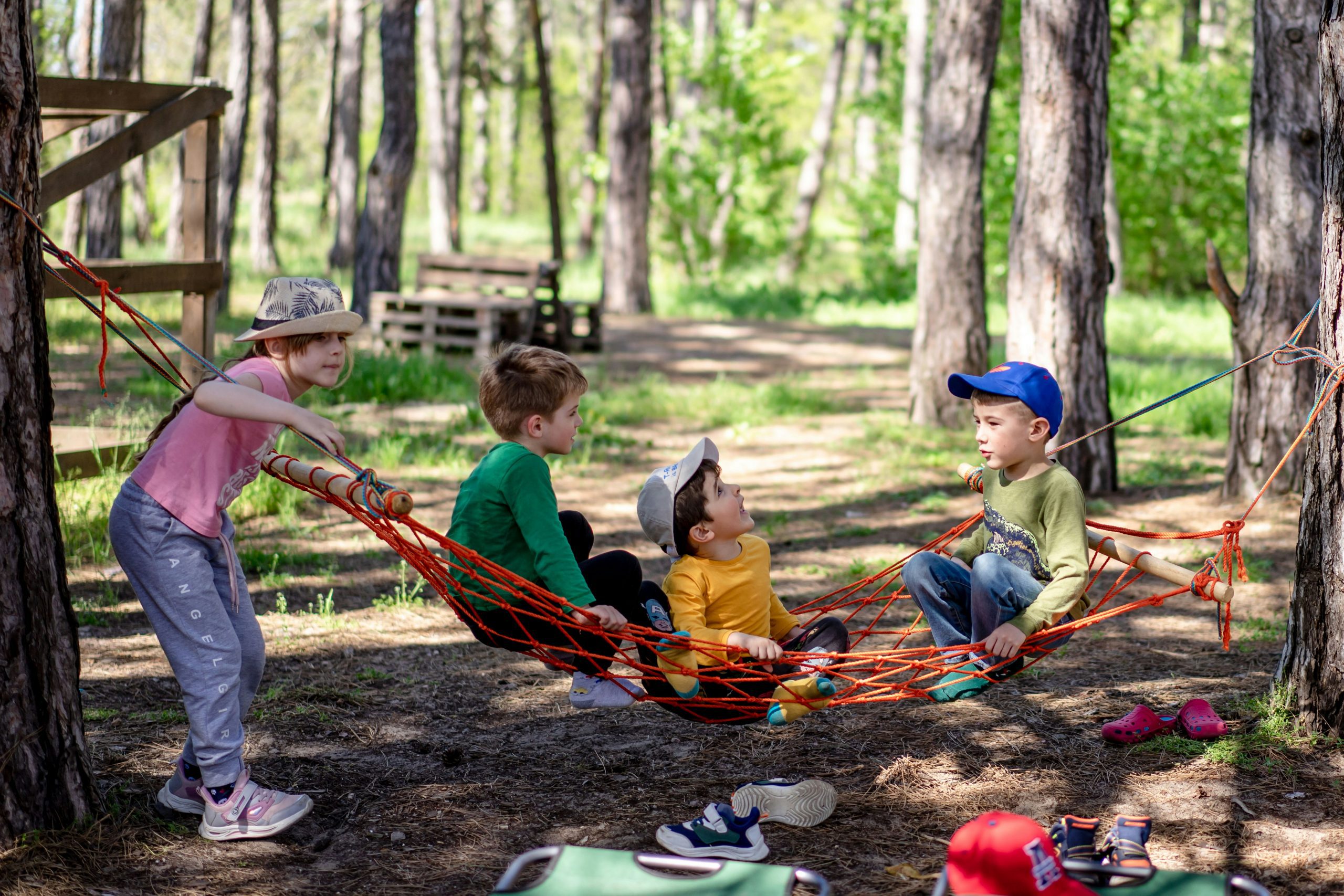
Is Picaridin Safe for Kids? How to Choose a Children’s Bug Spray
Depending on what the weather is where you live, you need a safe children’s bug spray all year round. But when those warmer temperatures start to hit, parents everywhere are searching for a product that will keep the whole family protected from bugs, mosquitoes and ticks. While you might be familiar with DEET, picaridin is a newer ingredient that is being used in insect repellent lotions and sprays, which has many parents asking “Is picaridin safe for kids?”
With so many children’s bug spray products to choose from, it can be hard for parents to know which is best for their family. Here’s what you need to know about picaridin and how effective it is for protecting against insects.
What is picaridin?
According to the National Pesticide Information Center, Picaridin is a “human-made (synthetic) compound that was made to resemble natural compound piperine, which is found in the group of plants that are used to produce black pepper.” And while it has been widely used in Europe and Australia, it’s only been available in the United States since 2005.
When compared to the popular ingredient DEET that you may already be familiar with, picaridin has been described as being equally effective, but less greasy and nearly odorless. Dr. Dan Strickman of the Global Health Program and author of Prevention of Bug Bites, Stings and Disease shared that he had found picaridin to be more effective than DEET in that mosquitoes in particular are less likely to even land on someone using an insect repellent with picaridin.
Is picaridin safe for kids?
When choosing an insect repellent or bug spray for their family, parents are rightfully concerned about whether or not the ingredients can be safely used on babies and kids.
The Environmental Protection Agency has found that picaridin does not present a health concern to the general U.S. population. Safe for children over two months old, sources like the EWG have noted that picaridin appears to be less irritating to the skin than other commonly-used ingredients.
And while some people feel as though essential oils might be a safer option, they don’t undergo the same intensive testing by the EPA that picardin does. This means, these products can’t actually say you or your family member will be protected from illnesses like Lyme, Zika or any other vector-borne diseases.
Why choose an insect repellent lotion vs. a spray?
Children’s bug sprays are quite popular with families, however a lotion like Boogie Insect Repellent Lotion, which contains 20% picaridin, is a smart alternative that’s easy to apply and can provide more thorough protection, up to 14 hours, actually.
It’s lightweight and unscented, not to mention that you’re able to easily and safely apply it around those tricky spots on kids, like eyes and mouths. But since this product is safe for kids, it’s also safe for the whole family.
And if you’re using the Boogie Insect Repellent Lotion while you’re out in the sun, the Centers for Disease Control and Prevention recommend that you apply sunscreen first, before applying your insect repellent lotion or spray. Just rub on each product according to the label instructions before you step out into the sun.
Whatever children’s bug spray product you choose for your family, it’s important to read the ingredients carefully and understand their effectiveness and benefits. If you’re wondering “Is picaridin safe for kids?,” it’s clear from the research and medical commentary that it can be safely and effectively used to help repel mosquitoes, bugs and ticks so you and your family can enjoy your time outdoors.
Looking for a picaridin bug spray (vs a lotion)? Our sister company Proven offers insect repellent spray with picaridin.